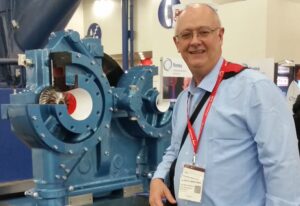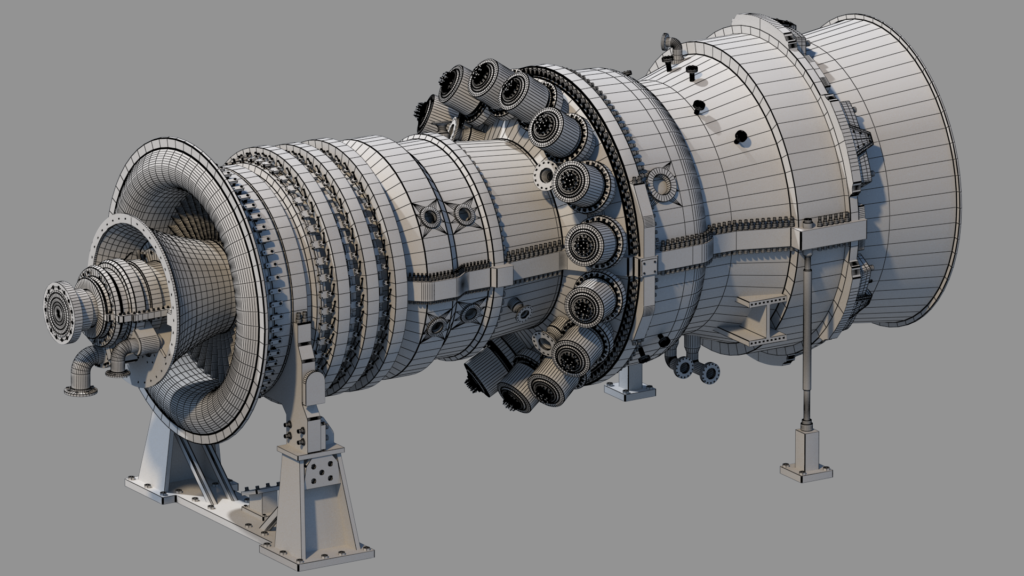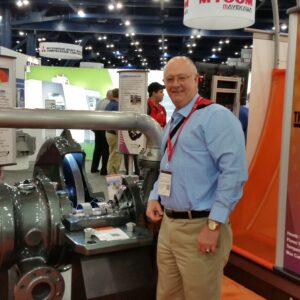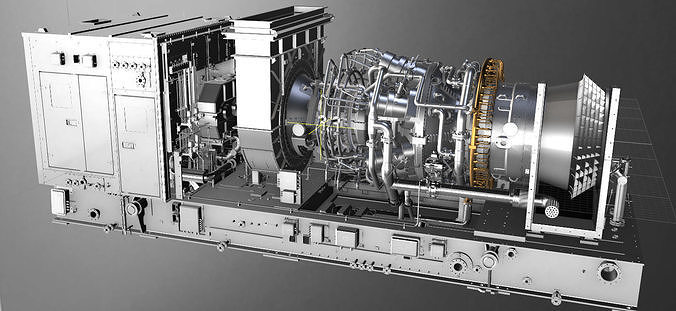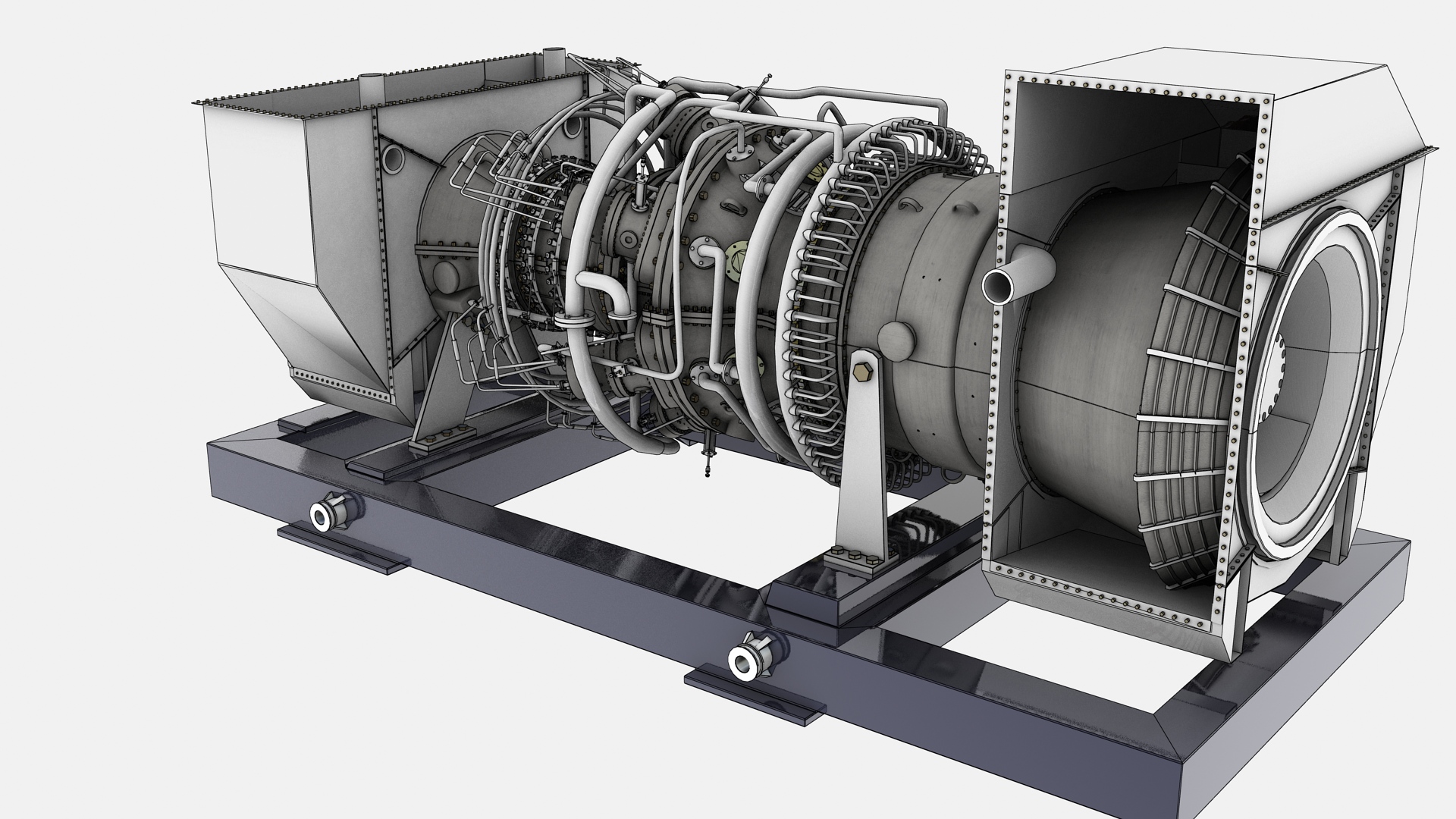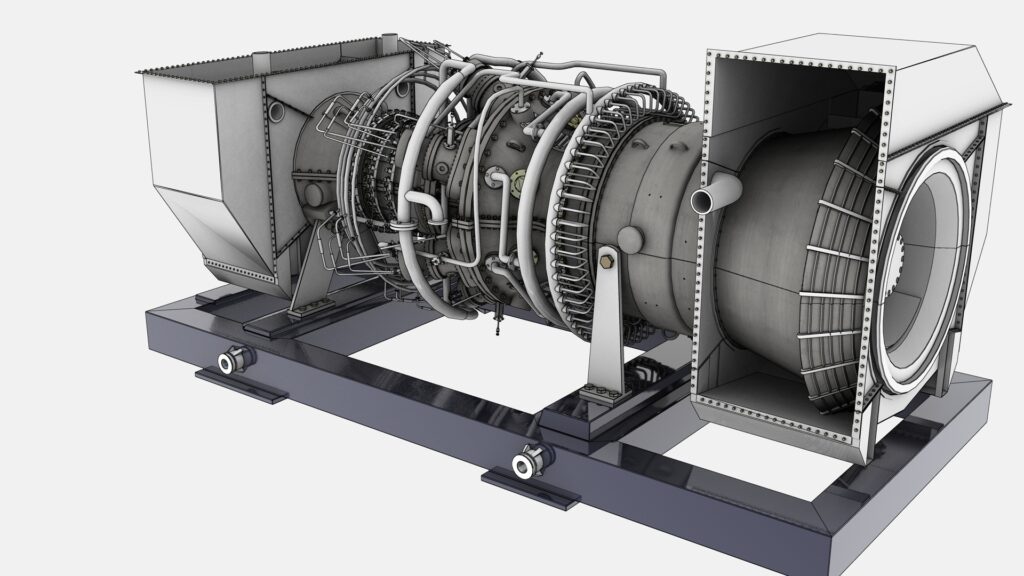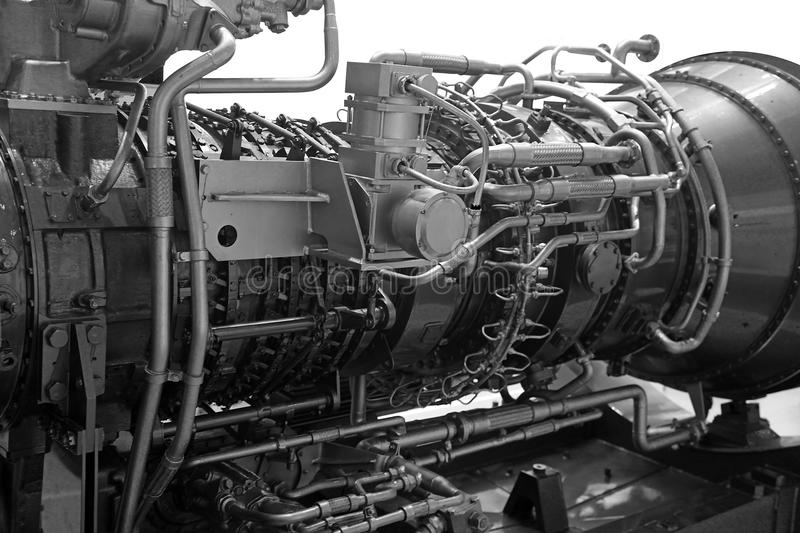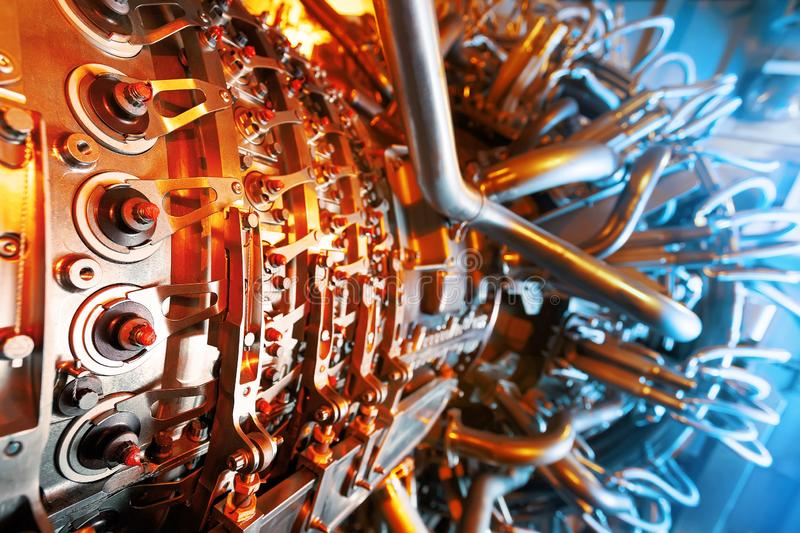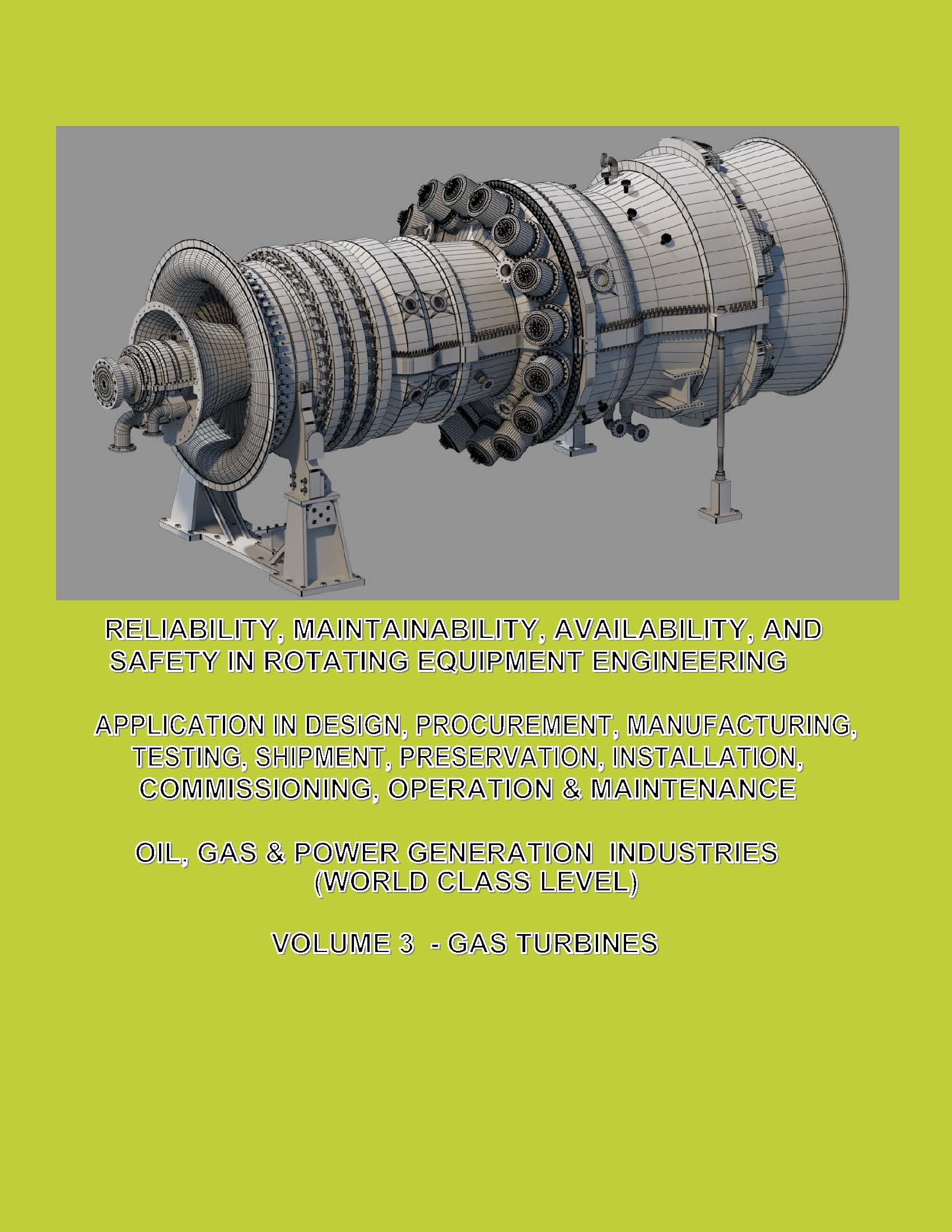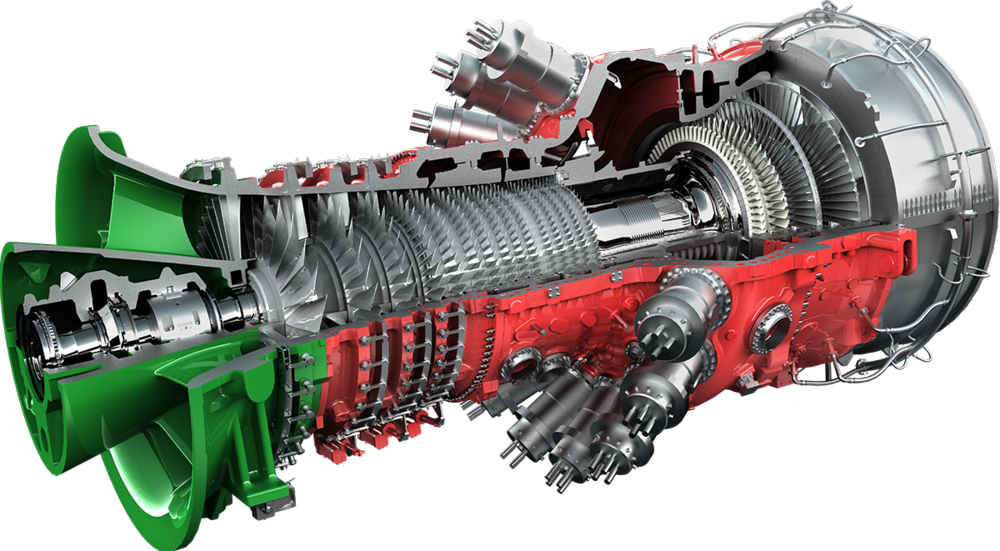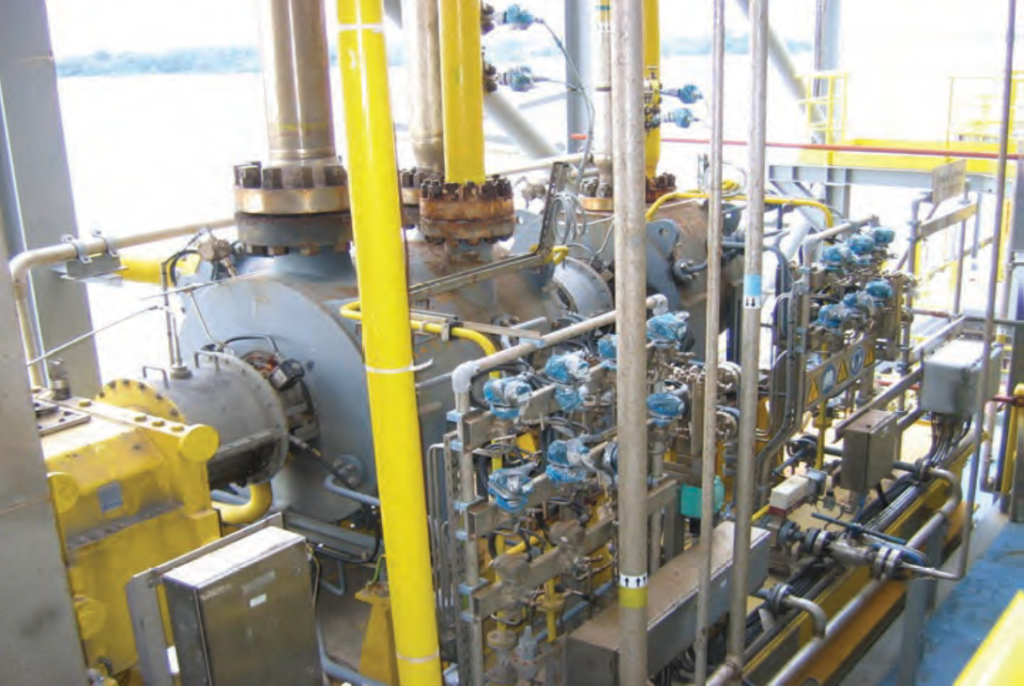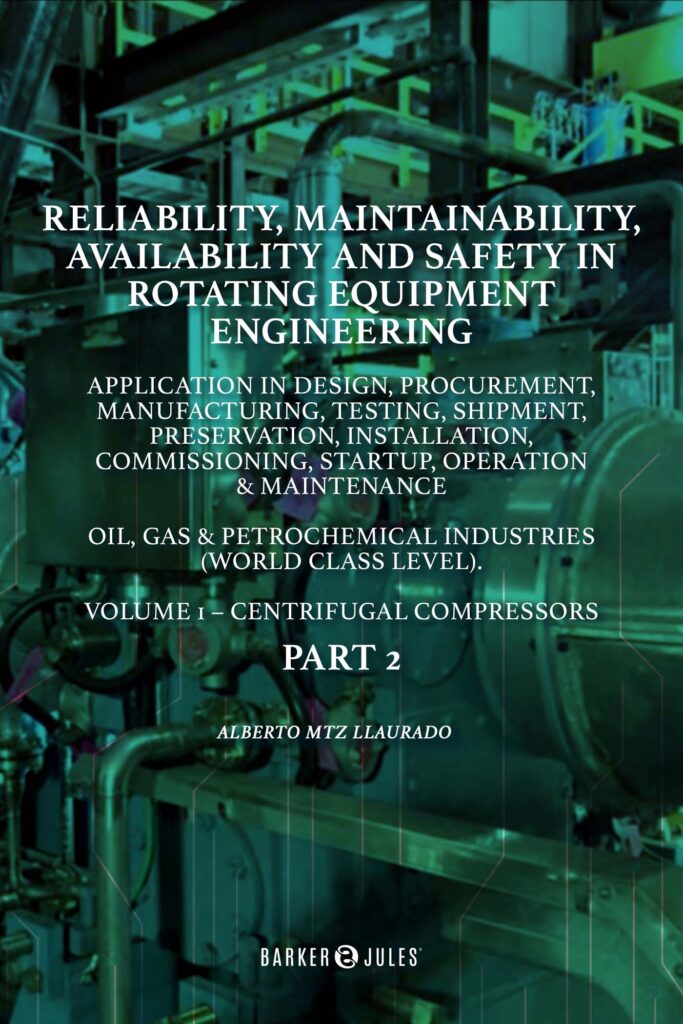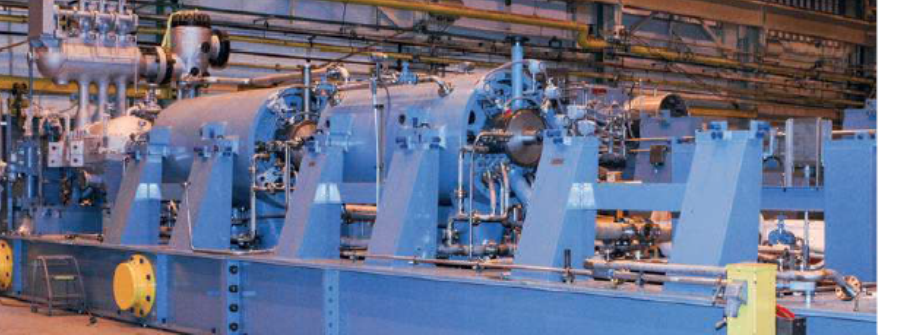CONCLUSIONS & RECOMMENDATIONS – GAS TURBINES
CONCLUSIONS & RECOMMENDATIONS - GAS TURBINES
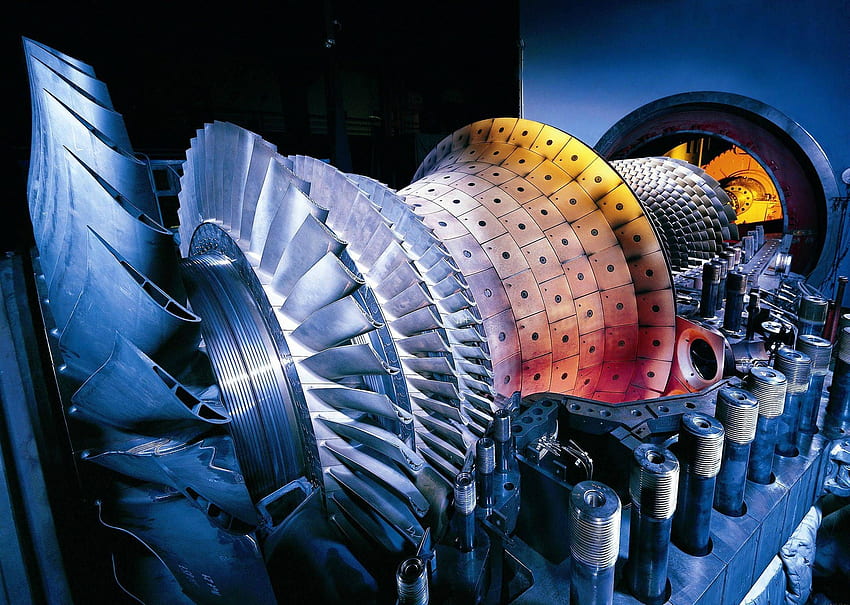
Regular maintenance is critical: Regular maintenance is essential for maintaining the reliability of gas turbines. A well-designed maintenance program can help prevent unexpected downtime and reduce repair costs. It is essential to follow manufacturer recommendations and customize maintenance schedules based on the specific operating conditions of the turbine.
Monitoring and diagnostics are essential: Monitoring and diagnostics are necessary for identifying potential issues before they become critical. Vibration analysis, temperature monitoring, and other diagnostic tools can help detect problems early, allowing for proactive maintenance and repair.
Quality control is essential: Quality control procedures should be in place throughout the manufacturing and installation process to ensure that all components are built and installed correctly. This can help prevent premature failures and reduce downtime.
Operator training is critical: Proper training for gas turbine operators is necessary to ensure safe and efficient operation of the turbine. Operators should be trained on proper startup and shutdown procedures, monitoring and diagnostic techniques, and emergency response protocols.
Upgrades and retrofits can improve reliability: Upgrades and retrofits can improve the reliability and efficiency of gas turbines. The installation of advanced control systems, the use of new materials and coatings, and the retrofitting of older turbines with new components and technologies can help extend the life of the turbine and improve its performance.
Collaboration with OEMs and service providers: Collaboration with original equipment manufacturers (OEMs) and service providers can help ensure that gas turbines are maintained and repaired correctly. OEMs can provide technical expertise and support, while service providers can offer specialized services such as maintenance and repair.
In conclusion, maintaining high reliability in gas turbines requires a combination of regular maintenance, monitoring and diagnostics, quality control, operator training, upgrades and retrofits, and collaboration with OEMs and service providers. Implementing these recommendations can help ensure the safe and efficient operation of gas turbines and maximize their lifespan
